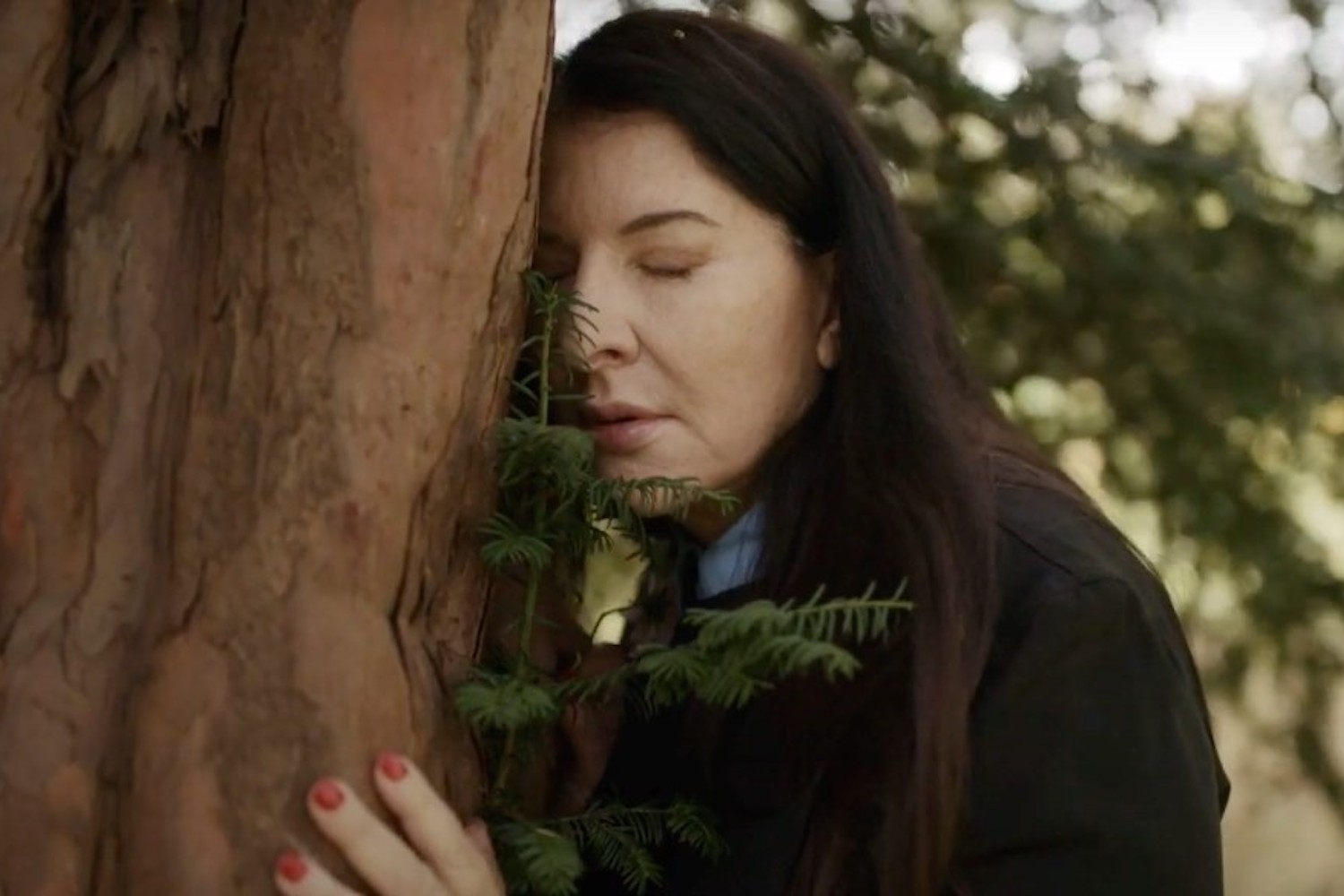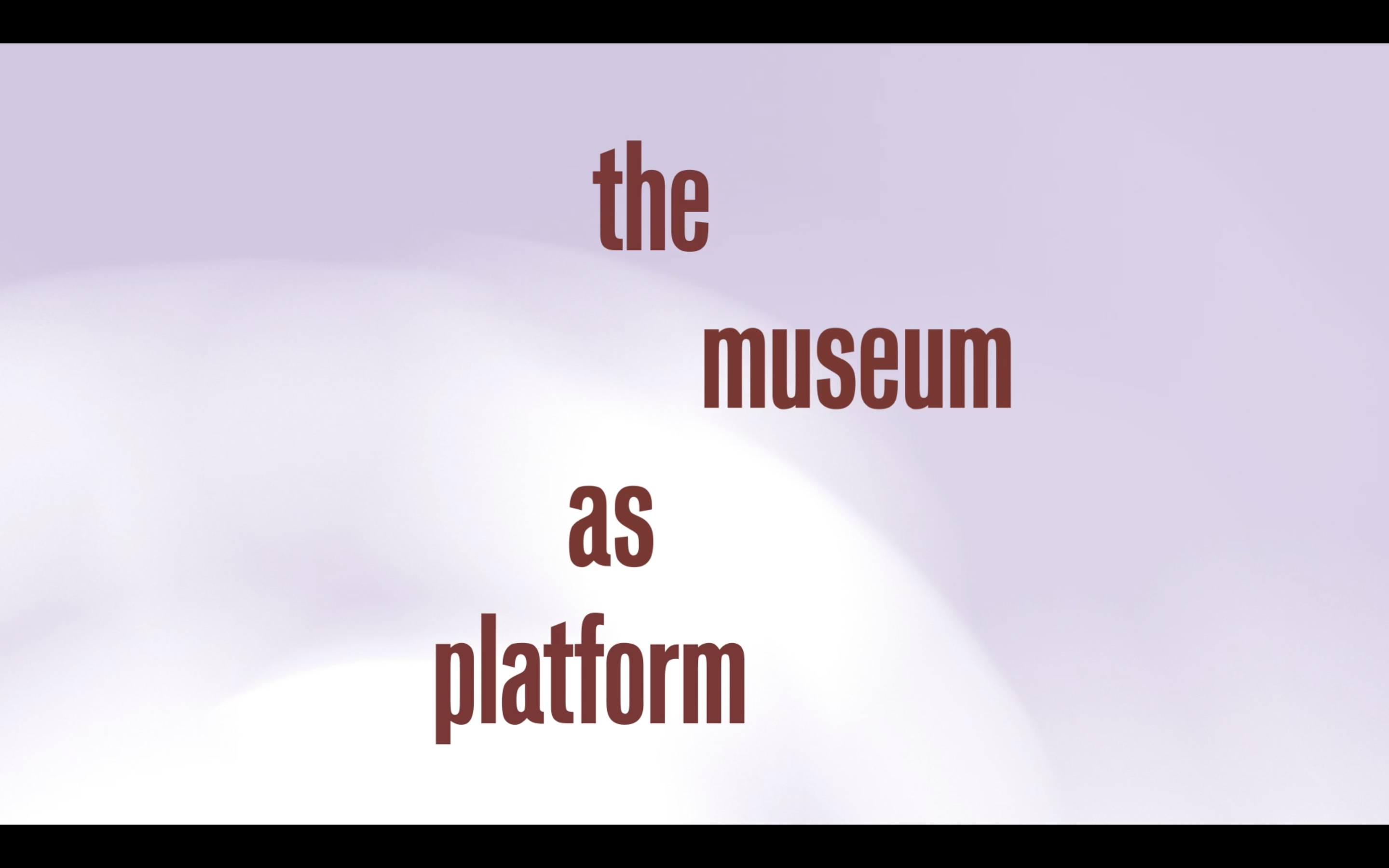A bi-weekly round-up of global art news from an admittedly fallible viewpoint.
Deaccession to Prosper Not Survive
COVID has museums in financial stranglehold. A report published by the International Council of Museums indicates 6.1% of museums worldwide may never reopen, rising to 12.7% in Asia and 22.2% in Arab countries. To make up the shortfall, many arts institutions around the globe have cut staff. On top of 295 redundancies across Tate Enterprises earlier in 2020, last December Tate announced further layoffs. “To survive this crisis,” a statement read, “we need to make a 12% reduction” in the workforce, equivalent to 120 full-time roles. I argue, rather than abdicate responsibility to their employees, museums should sell, sometimes called “deaccession,” works from their collections, not merely to survive but to prosper.
Early 2020, Christopher Bedford, director of the Baltimore Museum of Art, set out an ambitious proposal titled “Endowment for the Future.” The institution would deaccession three paintings from the collection, one by Brice Marden, another by Clyfford Still, and Andy Warhol’s Last Supper (1986), raising a projected $65 million through an auction and private sale at Sotheby’s New York. Half a million dollars would be dedicated to a program for diversity, equity, accessibility, and inclusion. Ten million would go into new acquisitions, with particular focus on women and artists of color, enabling the museum to “rebalance” its existing collection. The remaining $55 million would go into an endowment fund to cover collection care, which in turn would generate an additional $2.5 million a year towards running costs. The additional capital would allow the BMA to increase existing and starting salaries. Front-of-house staff, entry-level security officers, education, marketing, and administration roles would all receive pay raises ranging between 3 and 48 percent, rolled out incrementally over three years.
Like other industry regulators around the world, the US Association of Art Museum Directors typically forces museums to reinvest money from the sale of works back into new acquisitions. Member institutions face sanctions if they spend deaccession funds on operational costs like staffing. Last spring, however, as COVID hit, the AAMD announced it would suspend the rule for two years to offer museums financial relief. Despite the temporary embargo, the BMA was forced to abandon the sale after heavy backlash. Signed by more than 160 supporters, a petition was launched, appealing to Maryland’s Secretary of State and Attorney General to block the sale and investigate BMA misconduct. Charles Newhall III and Stiles Colwill, two former BMA chairs, together rescinded $50 million in support. Newhall resigned as an honorary trustee. Echoing recent support for racist statues, he stated, “I do not agree with Chris Bedford’s vision of rewriting the canon of art history by rectifying the wrongs of the past. I certainly do not believe that one sells masterpieces to fund diversity.”
Change will not be painless
Newhall’s is a false dichotomy. Firstly, the choice isn’t necessarily between Warhol or diversity, “sell a Michelangelo or lose 150 jobs” — the “dilemma” which now faces the Royal Academy in London. Mountains of artworks lie idle in vast, costly storage centers, potentially never to see the light of day. Opponents to deaccession argue important works will be lost from public view, but the AAMD reinvestment rule is really about preserving capital, not culture. Secondly, history isn’t produced in a vacuum; it isn’t neutral. The “canon,” the artists and works art history celebrates, has long been underwritten by racism and misogyny. If museums are guilty of historical erasure, it is the enduring marginalization of women and artists of color. While deaccession doesn’t require museums to “sell the crown jewels,” as Brooklyn Museum director Anne Pasternak puts it, I believe they will have to if they want change, if they want to safeguard jobs and invest in future masterpieces. Without commitment, things will only stay the same. As artist and Driskell Center director Curlee Raven Holton says, “There are no costless decisions. The neglect of artists of color has been a painful reality, the correction of this wound will as well be matched with a new pain, one of change.”



